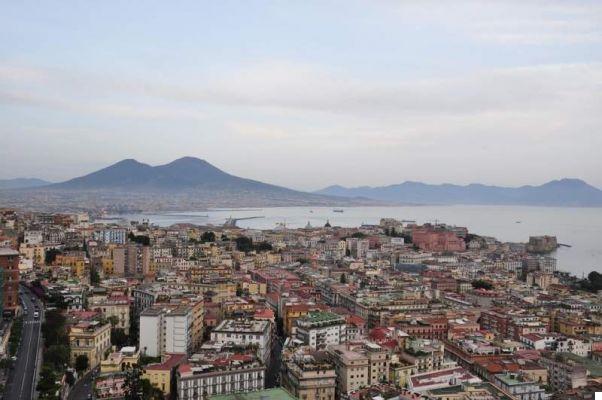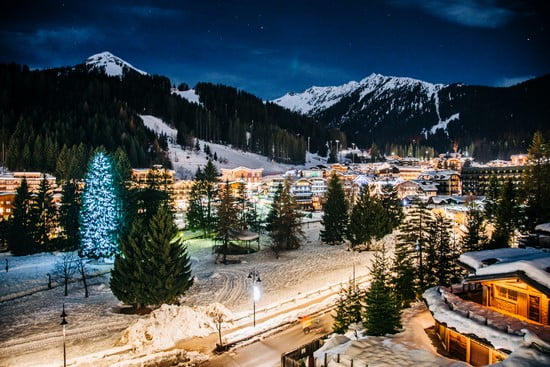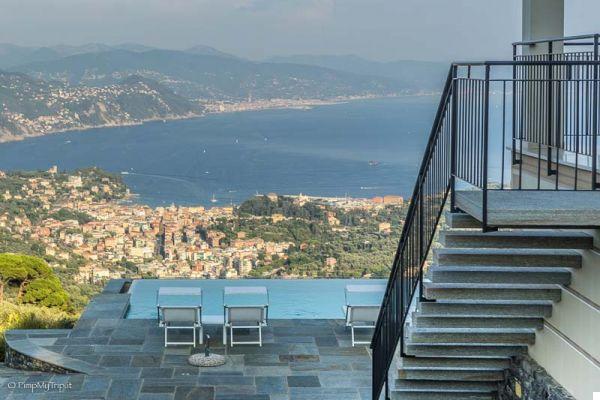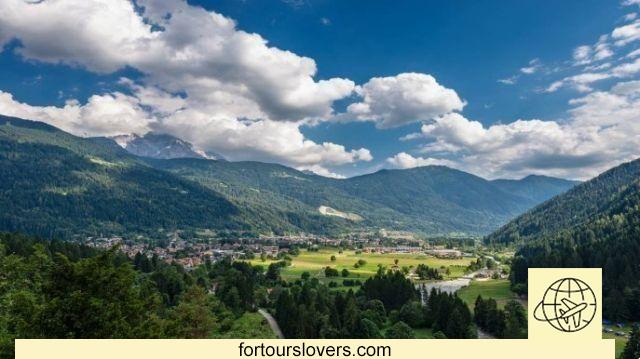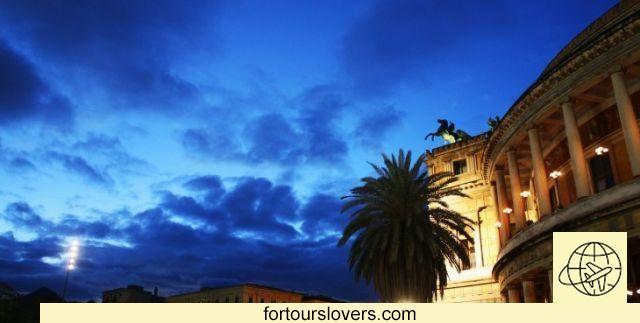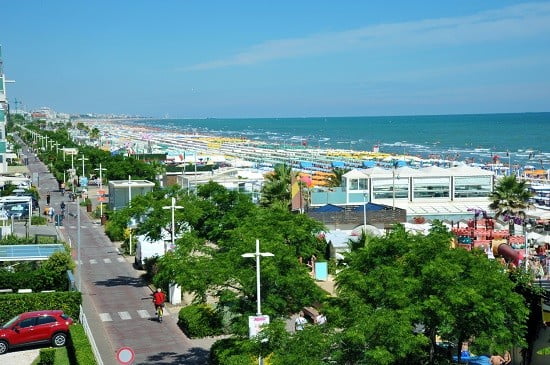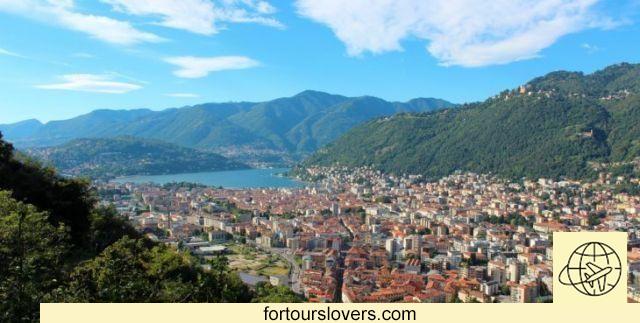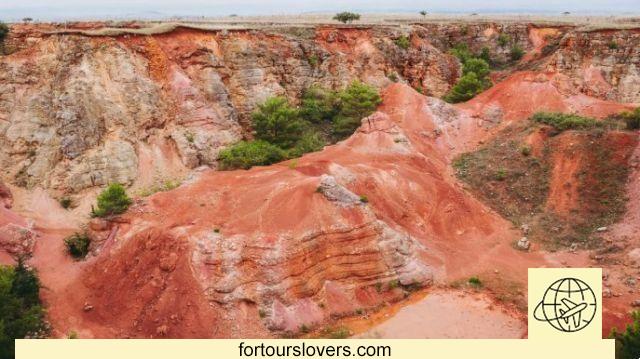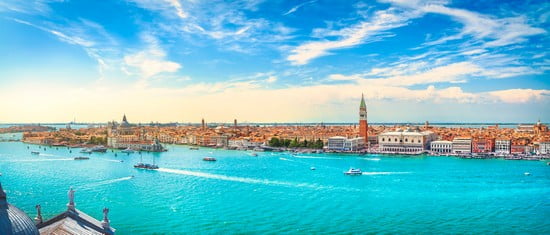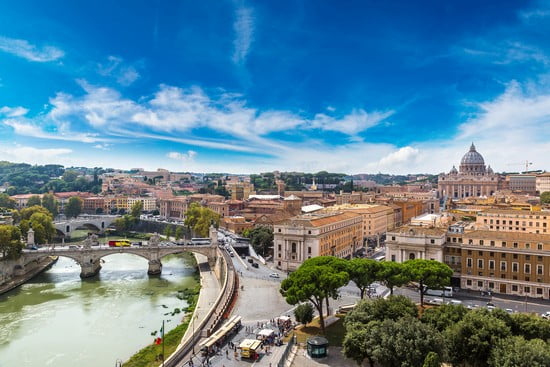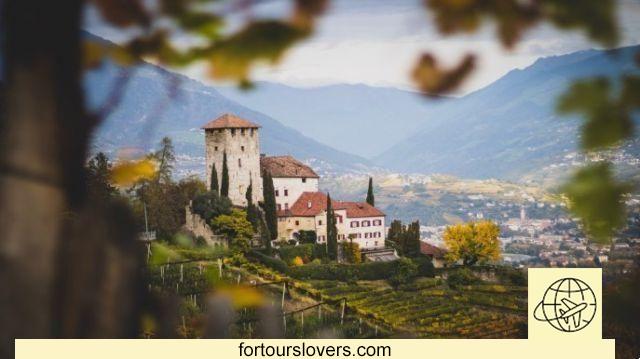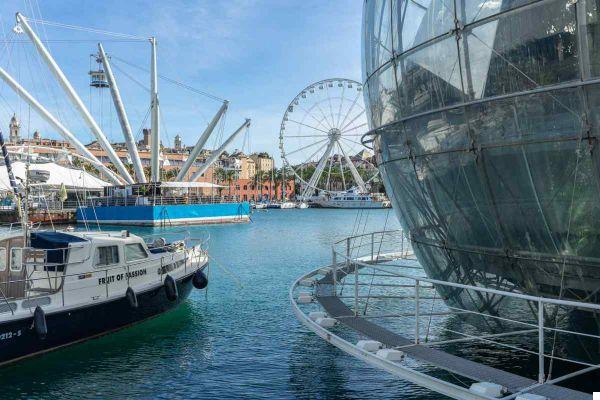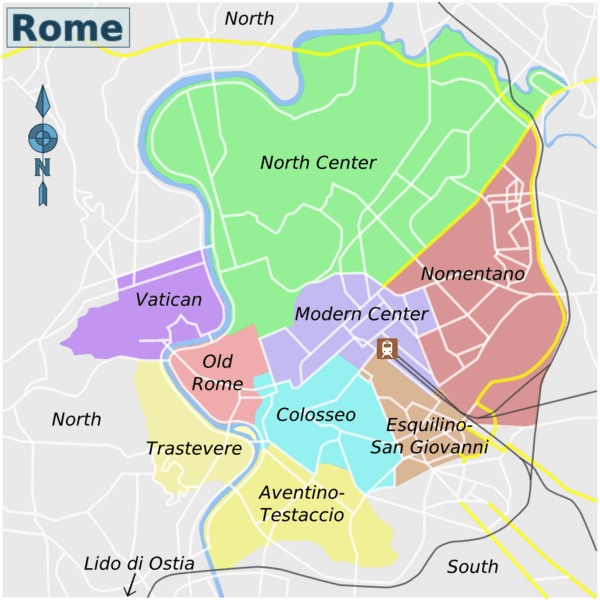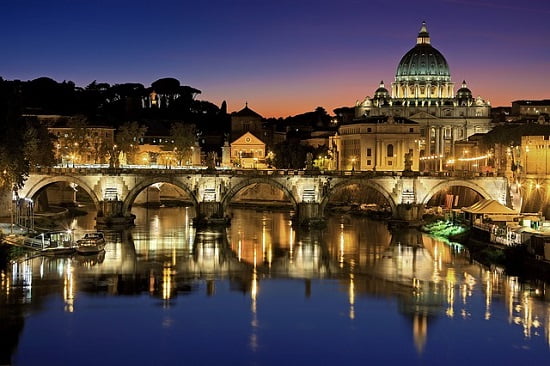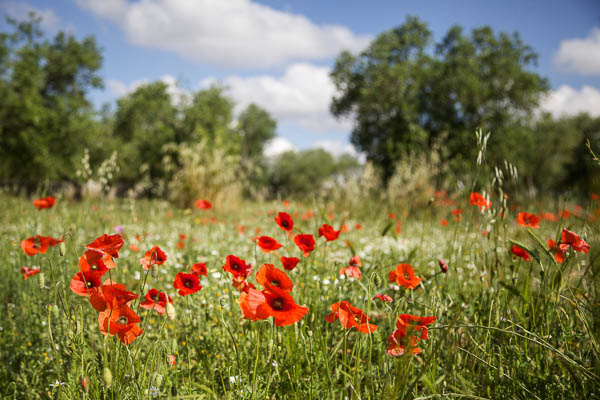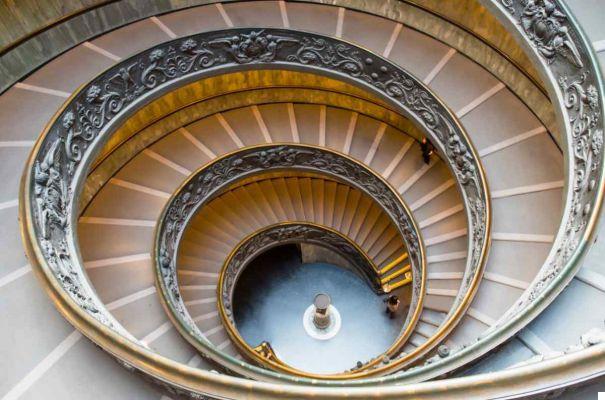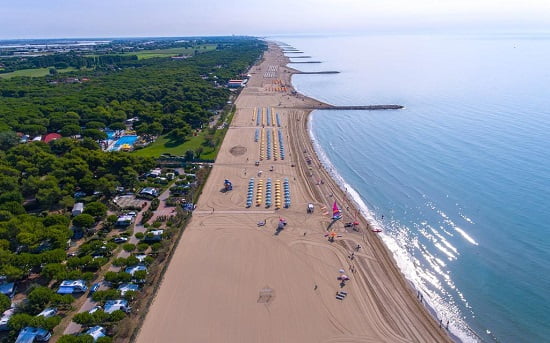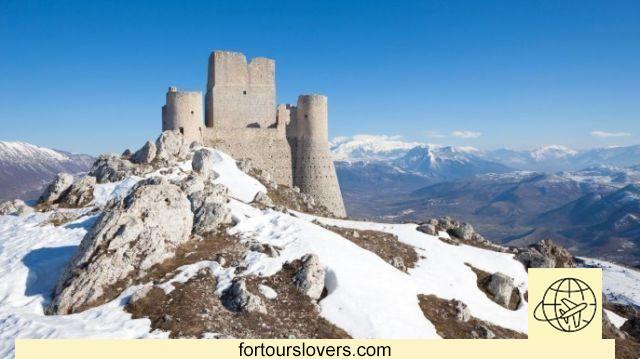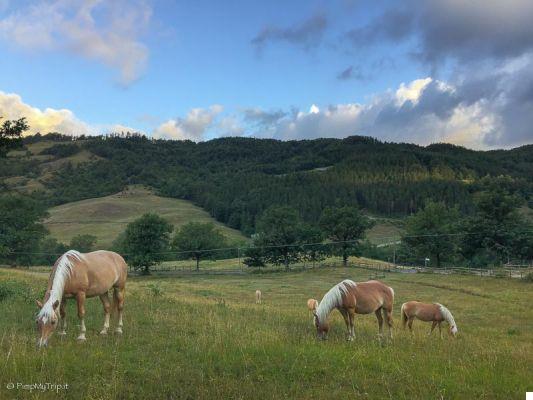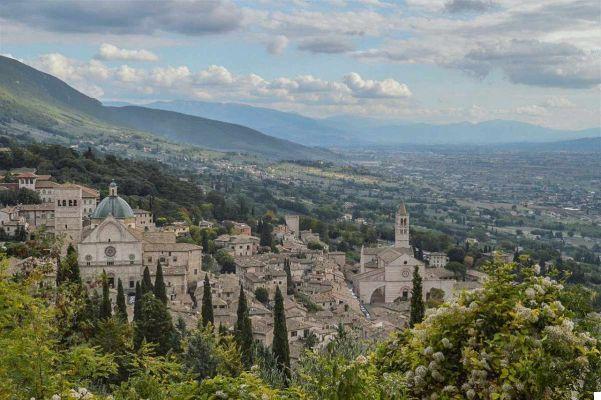The Valley of the Temples is one of the most beautiful archaeological areas in Italy, as well as the largest in the world.
Listed as a UNESCO World Heritage Site, this site of inestimable historical wealth stands on the side of a hill, between the city of Agrigento and the seaside resort of San Leone, on the southern coast of Sicily.
The Valley of the Temples is characterized by the exceptional state of conservation and with its Doric temples represents the highest expression of classical Greek civilization in Sicily.
Discover all our tips for visiting the Valley of the Temples in Agrigento and do not miss anything of this exceptional place.
A bit of history
The archaeological area of Agrigento corresponds to the remains of ancient Akragas, founded around 580 BC by colonists of Greek origin from Rhodes and Gela.
During the first century of its existence Akragas grew exponentially, becoming one of the most important cities in the Greek world and hosting about two hundred thousand settlers. Most of the temples that we can observe in the Valley of the Temples correspond to this period of splendor. However, with the Carthaginian invasion and victory in 406 BC, the city was severely devastated.
Eventually, with the Roman conquest, at the end of the third century BC, the city became part of the Roman Empire and lost its ancient name, becoming Agrigentum. The arrival of Byzantines and Christians who razed its pagan temples to the ground also marks the abandonment of the Valley of the Temples. Today the archaeological complex is part of the UNESCO World Heritage Site.
The temples to see absolutely
Today the valley is a magnificent archaeological park of about 1.300 hectares. During the visit, you will be able to admire 8 temples, all built between 510 and 430 BC:
The Temple of Hera
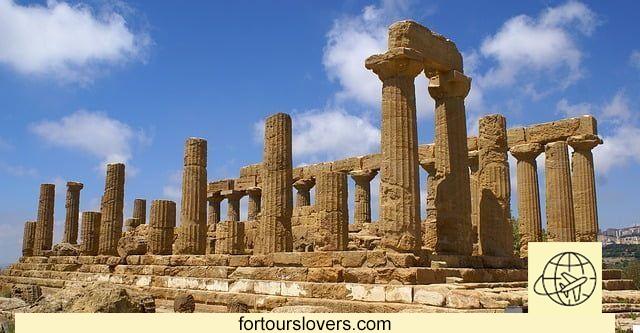
The Temple of Juno (Hera) is located in the upper part of the Valley of the Temples, 120 meters above sea level, and offers incredible views across the valley. It was built in 450 BC and has a huge sacrificial altar right in front. Like the other buildings in the Valley of the Temples, it faces east. Currently, only 30 columns are kept upright and only 16 still have their Doric capitals.
The Temple of Concord
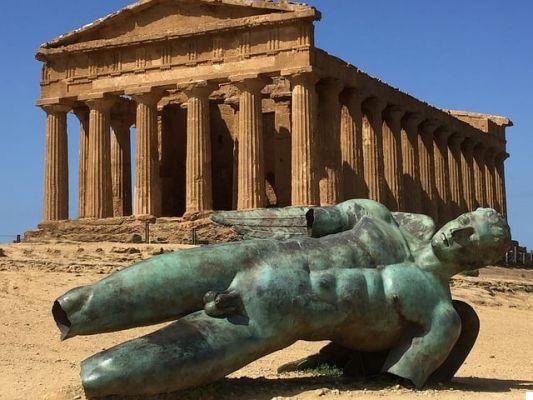
It is one of the best preserved temples of Greek antiquity, 42 meters long and 19,5 meters wide and was built between 450 and 400 BC Its name derives from a Latin inscription found in its surroundings. It still has its 34 columns as well as the profile of its Doric facade. From the XNUMXth century it was used as a Christian basilica.
Right in front of the temple is the statue of Fallen Icarus. Although it may not seem like it, it is a modern statue of the year 2011, the work of the Franco-Polish sculptor Igor Mitoraj. However, it fits perfectly into the environment and appears to be another ancient archaeological find.
The Temple of Heracles (Hercules)
The Temple of Hercules is the oldest of Agrigento's temples and was built in 510 BC Today only 9 of the original 38 columns are still standing. Most of it is in ruins. Even so, the building is impressive and visible from afar.
The Temple of Zeus or Olympian Jupiter
The Temple of Olympian Jupiter is a gigantic building that the Greeks built in honor of Zeus after the victory against the Carthaginians in Himera (480 - 479 BC). Although it was never finished, its gigantic dimensions were only surpassed by the temple of Artemis of Ephesus.
It was 112,5 meters long and 56 meters wide. Its columns reached 17 meters in height and were adorned with 38 statues of Atlantes (for the Greeks) or Telamons (for the Romans) almost 8 meters high. Next to the temple you can see the reproduction of one of these Atlases whose original piece is in the museum.
Temple of the Dioscuri (Castor and Pollux)
Behind the temple of Jupiter is the Temple of Castor and Pollux, rebuilt in the 34th century with elements combined from other temples. After its construction in the XNUMXth century BC, this XNUMX-column temple was severely damaged by the sacking of the Carthaginians and later by earthquakes.
Close to the temple there is also the Garden of Kolymbethra one of the oldest gardens mentioned as early as the XNUMXst century BC. This green corner, which contrasts with the somewhat arid landscape of the Valley of the Temples, extends over five hectares.
And then there are sanctuaries, necropolis, the Lower Agora and the Upper Agora, fortifications, hydraulic works, an Olympeion and a Bouleuterion.
Opening hours
The site is open all year from 8:30 to 19:00
The last admission takes place 1 hour before closing. During the summer there are also evening and night openings.
Entrance fee for the Valley of the Temples
Archaeological park ticket
- The full ticket costs 10 € per person
- On special occasions (such as exhibitions and events) it costs 12 euros
- Reduced ticket (reserved for European Union citizens between the ages of 18 and 25) - 5 euros (7 euros on special occasions)
- Free for citizens under 18
- Free for all: the first Sunday of each month
Valley of the Temples ticket + Archaeological Museum
- Full ticket - 13.50 euros (15.50 euros on special occasions)
- Reduced ticket - 7 euros (9 euros for exhibitions and events)
Archaeological park + Kolymbetra garden ticket
- Full ticket - 15 euros (17.50 euros on special occasions)
- Reduced - 9 euros (11 euros on the occasion of exhibitions and events)
On the site, by filling out the appropriate form, you can subscribe to guided tours which follow a thematic, archaeological, cultural, naturalistic, religious itinerary based on various needs.
As there is often a crowd in front of the site entrance, we recommend that you purchase your ticket online in advance to visit the Valley of the Temples. This will prevent you from waiting in the heat!
Skip-the-line ticket for the Valley of the Temples
Practical information for visiting the Valley of the Temples
The site is very large and to visit it it takes more than 2 hours. In each temple there is a panel that explains its characteristics and its history.
As the Valley of the Temples is quite large, there are two different entrances where you can buy the ticket: one in Porta Quinta, to the west of the valley, and another near the Temple of Juno, to the east. Whether you choose one or the other, it doesn't matter, the path is the same.
The site can be visited on foot but if you are too tired or unable to walk, there is a small train that leads from one entrance to another: € 3 one way.
There is no shadow over the entire archaeological park, so you might need a hat, water supply, and sunscreen. On the site there is also a restaurant for those wishing to eat in the Valley of the Temples.
There's a parcheggio at the 2 entrances to the Valley of the Temples. They are quite large but fill up quickly in the middle of the day, so it's best to arrive early in the morning. Parking costs a maximum of 5 euros per day.
Find a hotel in Agrigento
What to do around the Valley of the Temples?
Visit the historic center of Agrigento - 10 minutes by car from the Valley of the Temples you can visit the historic center of Agrigento. Not to be missed: the Monastery of Santo Spirito, the Cathedral of San Gerlando and the Bishop's Palace.
The Scala dei Turchi - is one of the most beautiful places to see during your tour in Sicily. The place is famous for its white limestone cliff that sinks steeply into the turquoise water below.
How to get to the Valley of the Temples?





